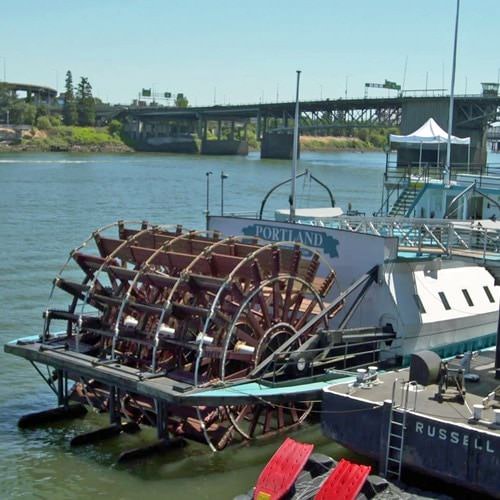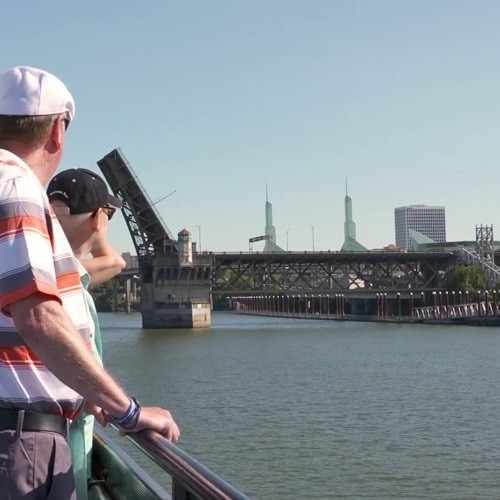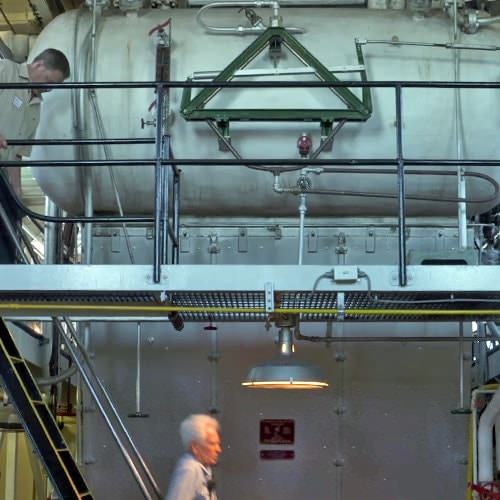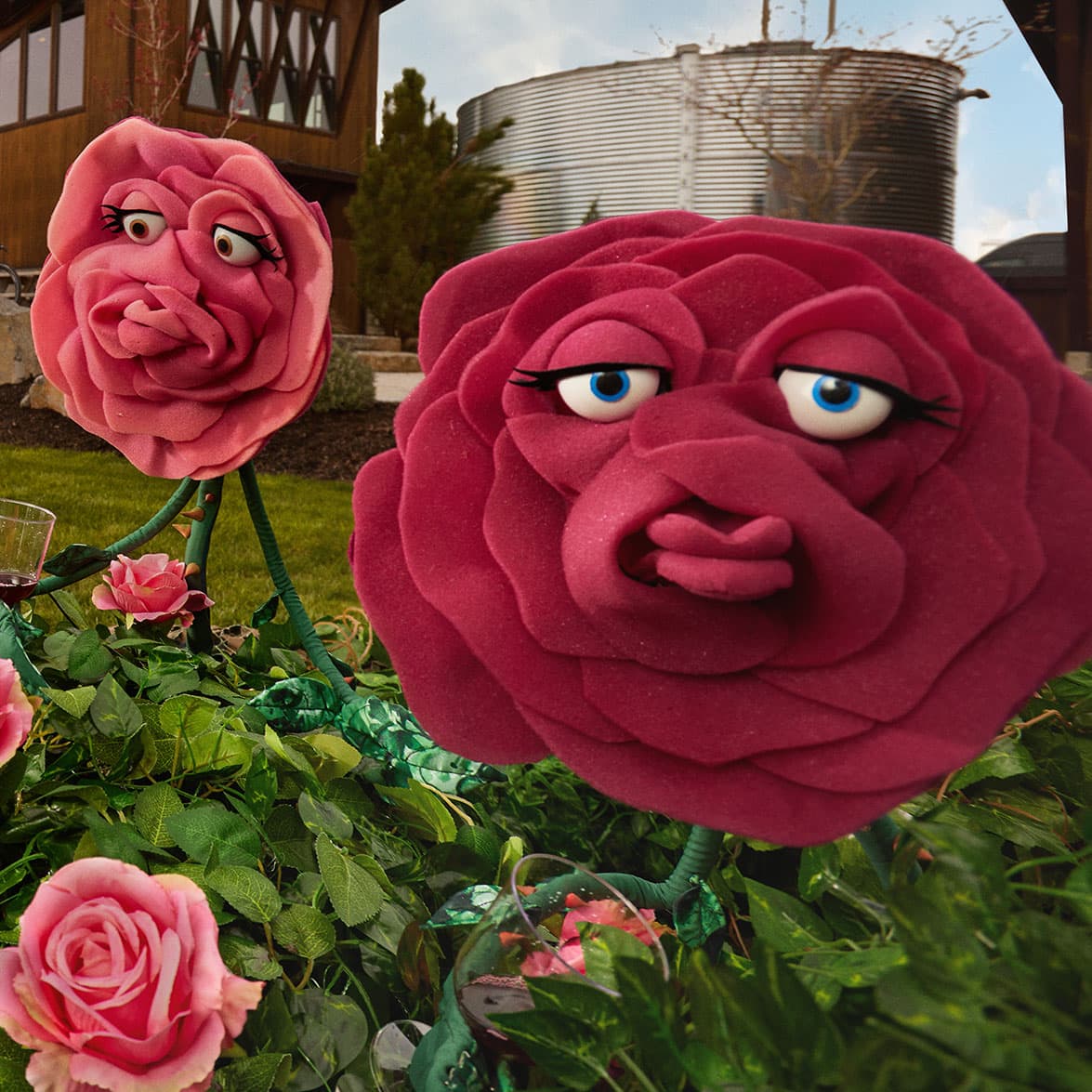Not so many decades ago, before there was an interstate built of concrete and asphalt, Oregon’s commerce moved on liquid highways like the Willamette and Columbia rivers, churning atop steam-powered vessels.
While those distant days have passed, it’s still possible — in fact, it’s rather easy — to reconnect with Oregon’s maritime past and have a great adventure along the way.
Step aboard the Oregon Maritime Museum and learn about Portland’s maritime past, present and future. After all, if you don’t know where you’ve come from, how will you know where you’re going?
It’s a fair question posed by Bob Hrdlicka, Oregon maritime history buff and a volunteer guide at the museum.
Hrdlicka says the Sternwheeler Portland was built by the Port of Portland 70 years ago when the city of Portland’s waterfront was surging with commerce. “Whenever a cargo ship came up along a dock on the Portland waterfront, this sternwheeler had the power to assist it to the dock or pull the ship away from the dock and turn it around on its own length.”
Oregon Maritime Museum volunteer Ron Youngman knows every square inch of the 1947 Portland Sternwheeler, stem to stern, so he’s a good man to show you how it all works — like the diesel-fired boilers that produce 1800-horsepower. The diesel-fueled burners generate enough steam (254 psi) to move 26” steel pistons that push two 9’ long connecting rods that make the gigantic 25-foot paddle wheels go round and round.
Youngman says the Sternwheeler Portland is the only ship of its kind in the country: “It’s true and really there are very few working steamships in today’s world.”
In fact, Sternwheeler Portland shouldn’t be here either!
Back in 1981, a handful of volunteers found her in a wrecked heap, parts and pieces strewn across the Portland waterfront.
But the volunteers were inspired to save her. They stepped up with countless hours of labor and raised nearly a million dollars to restore the city’s namesake sternwheeler.
Today volunteers like Jim Spitzer feel proud of all that has been accomplished to bring the Sternwheeler Portland back to life on the water. “I think each of us owes some kind of payback to their community,” Spitzer says. “And while lots of people do that in many social ways, I think preserving history is part of that payback too.”
The Portland Sternwheeler is a floating museum and Capt. Clark Carthill is proud to guide passengers on half-day tours: “Sternwheeler Portland developed because of the city’s waterfront and Oregon’s commerce. This [Willamette River] was the highway and this was transportation that allowed the city to become the Portland we know today.”
That fact — plus the scenery — are not lost on visitors like Sandra Pearce who enjoys seeing the city from a different point of view: “I love it! When I heard the public can go on a short half day cruise, I had to take it for a once-in-a-lifetime opportunity. It’s relaxing too because you can’t think about anything else — almost meditative.”
Volunteer Bob Waldron, an Oregon history buff, said the Oregon Maritime Museum keeps the Sternwheeler Portland’s working history stories alive.
Throughout the museum, visitors find exhibits, photos and models that depict how steam-powered shipping was the foundation of Oregon’s economy.
Whether timber, agricultural products or any kind of raw resource materials, crops or goods that came out of the Willamette Valley had to come to Portland. The most economical way to get it to other markets was shipping on this super highway and ships like the Portland made that happen. The best part is that it’s still here. That is worth a pause to consider.



